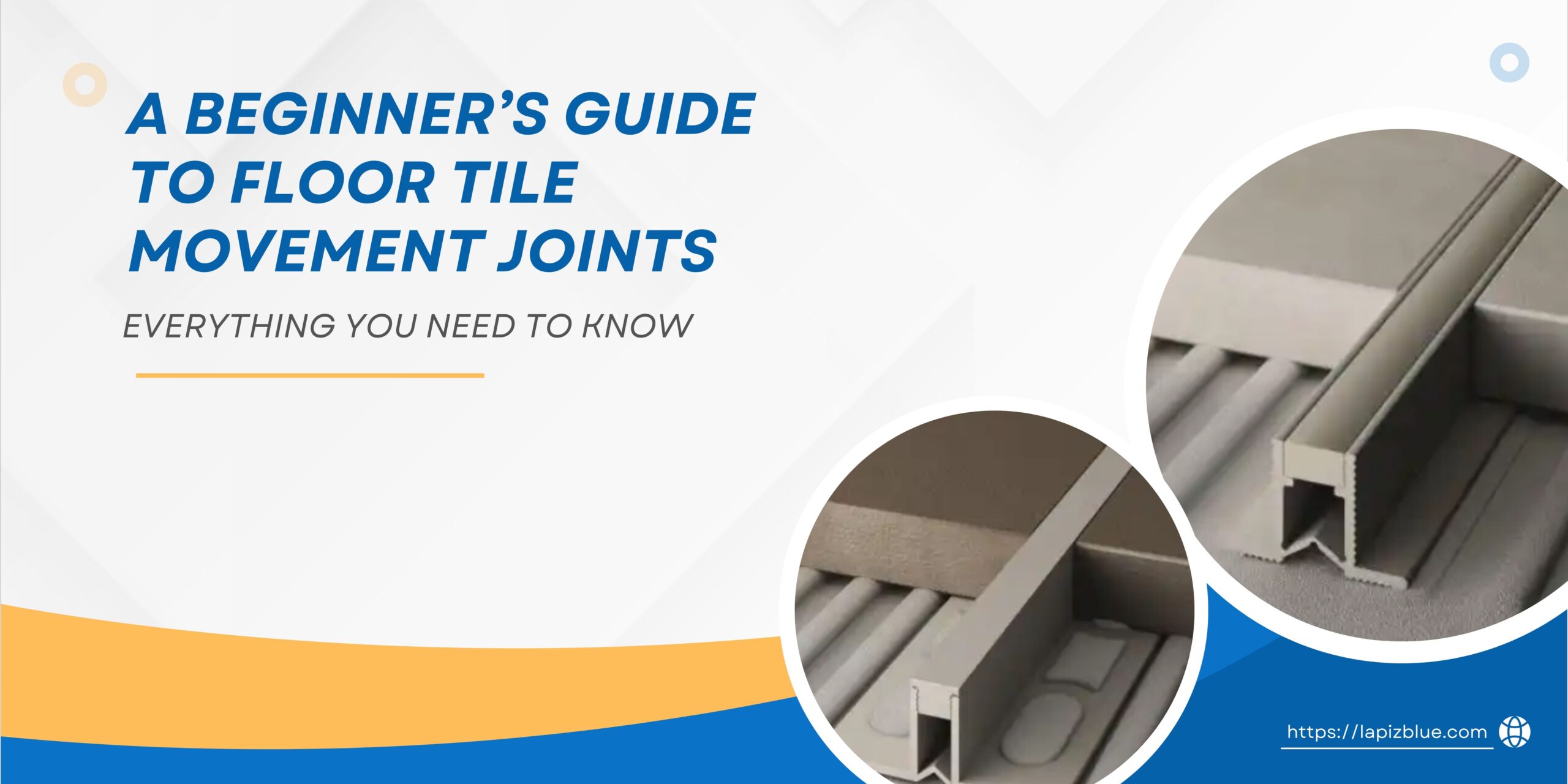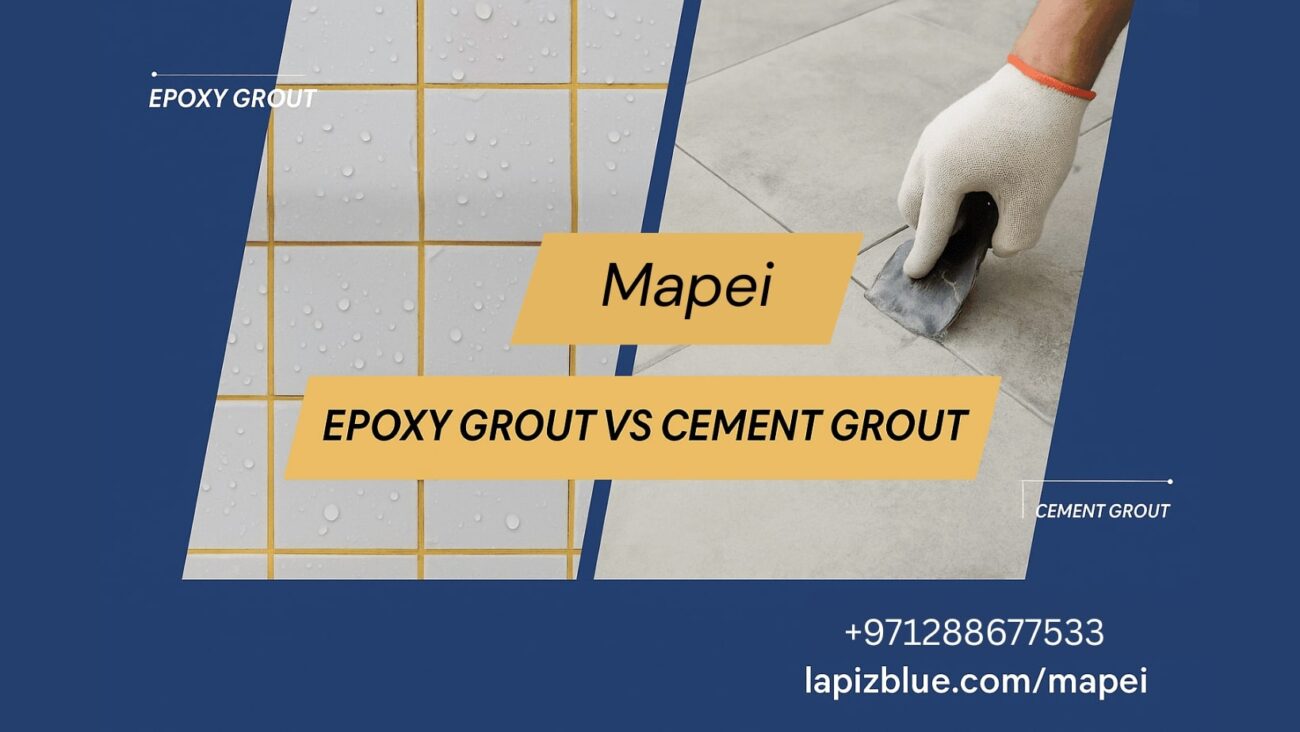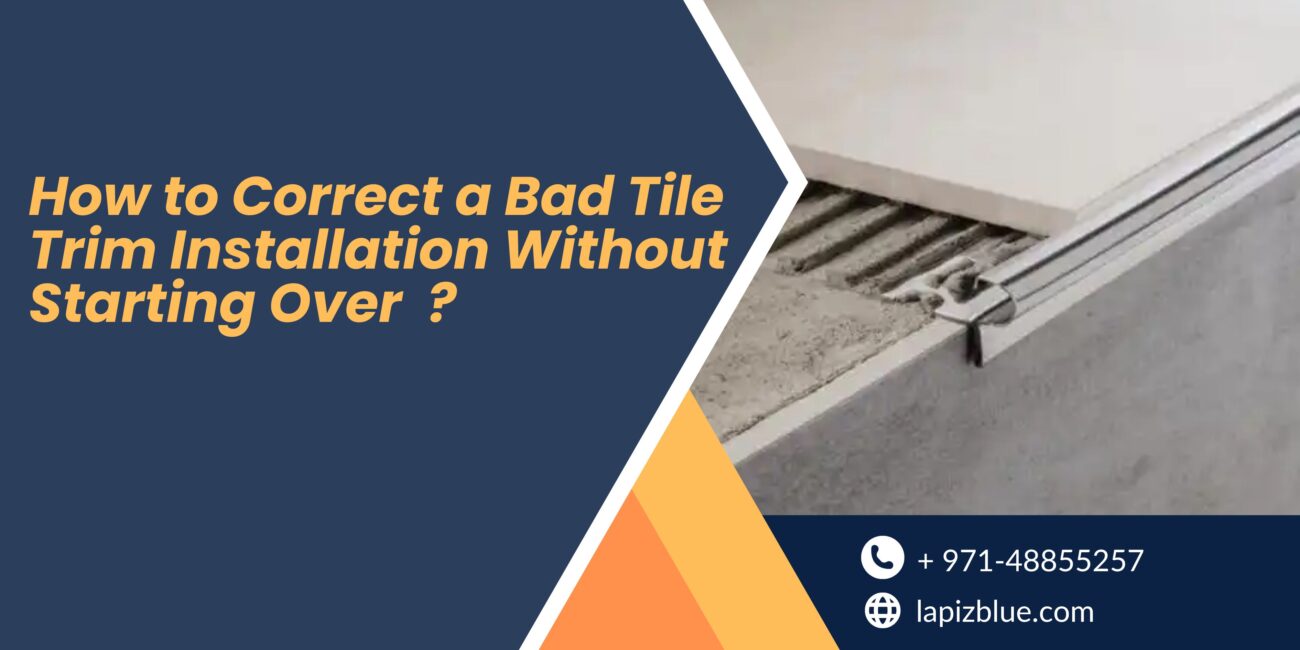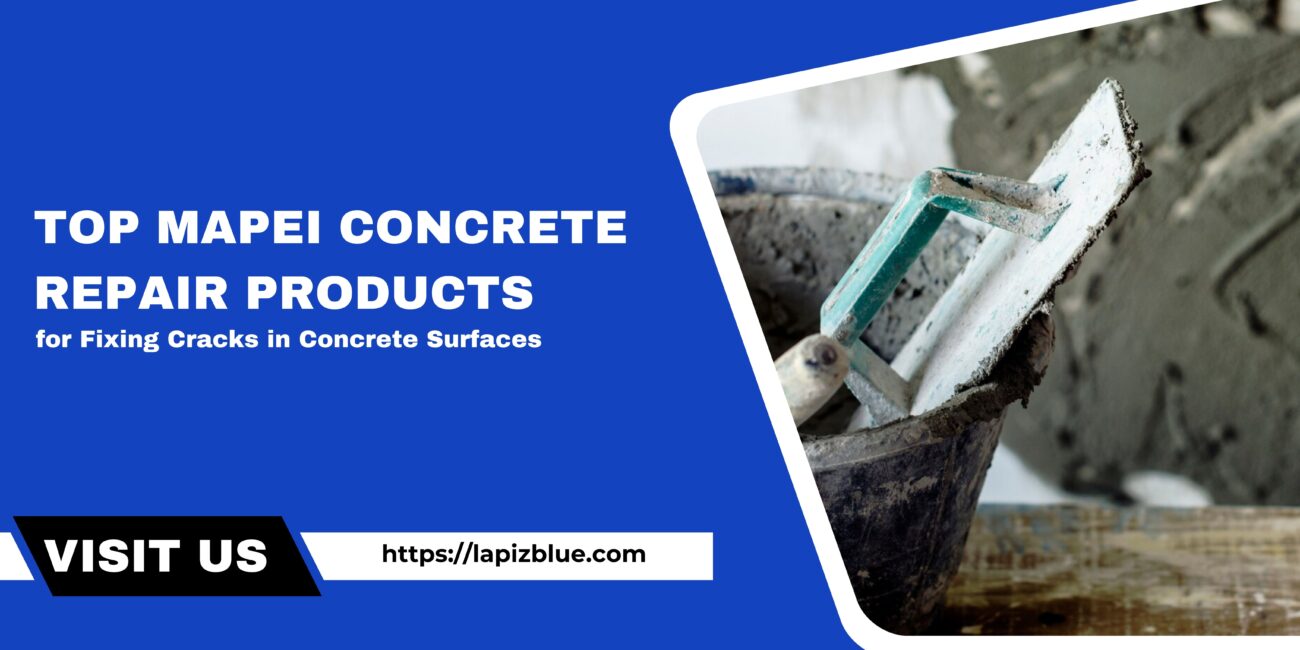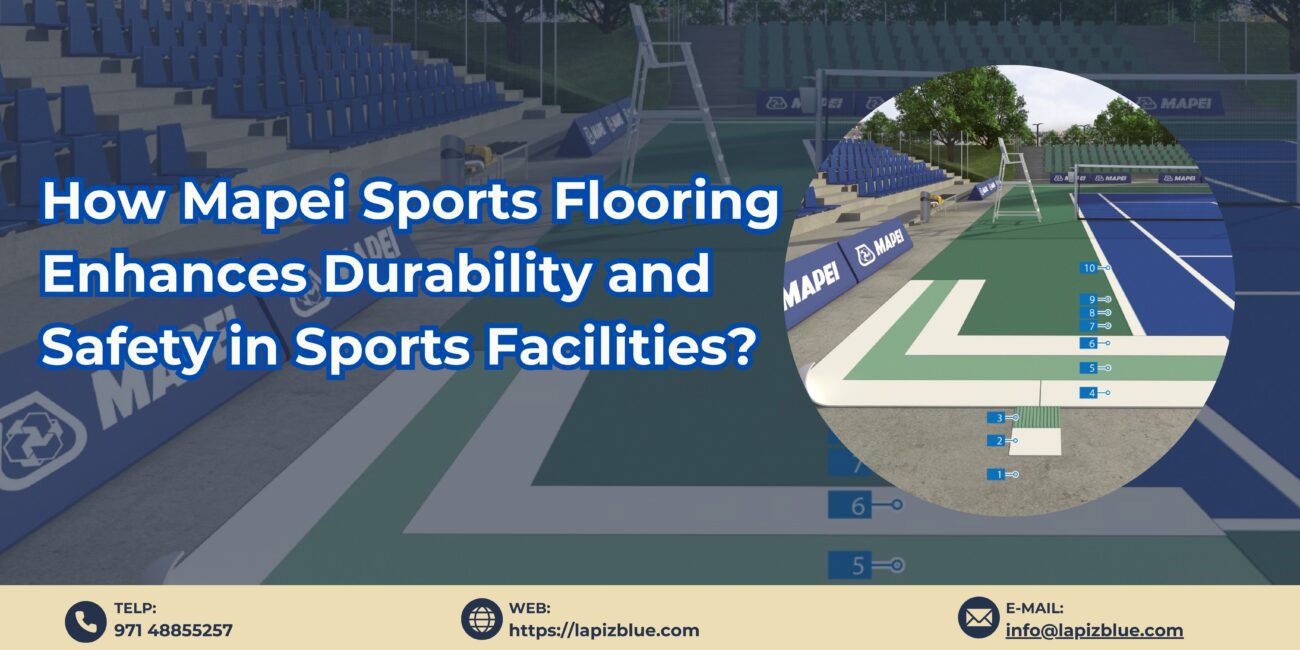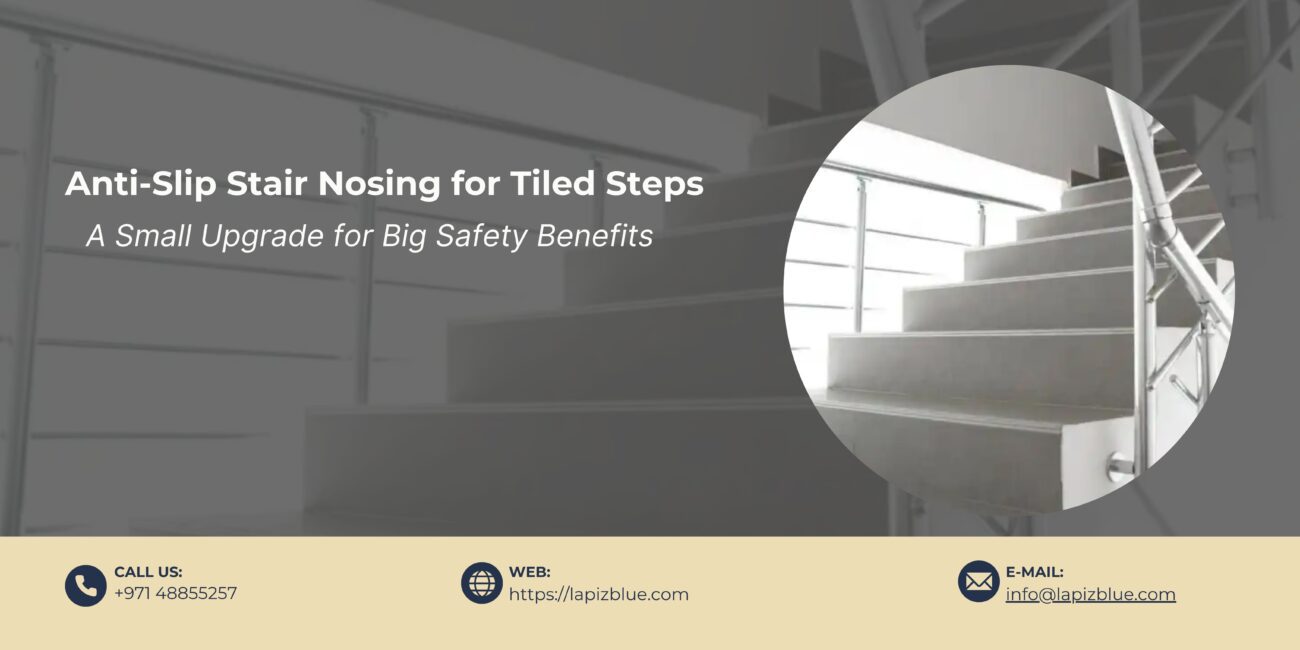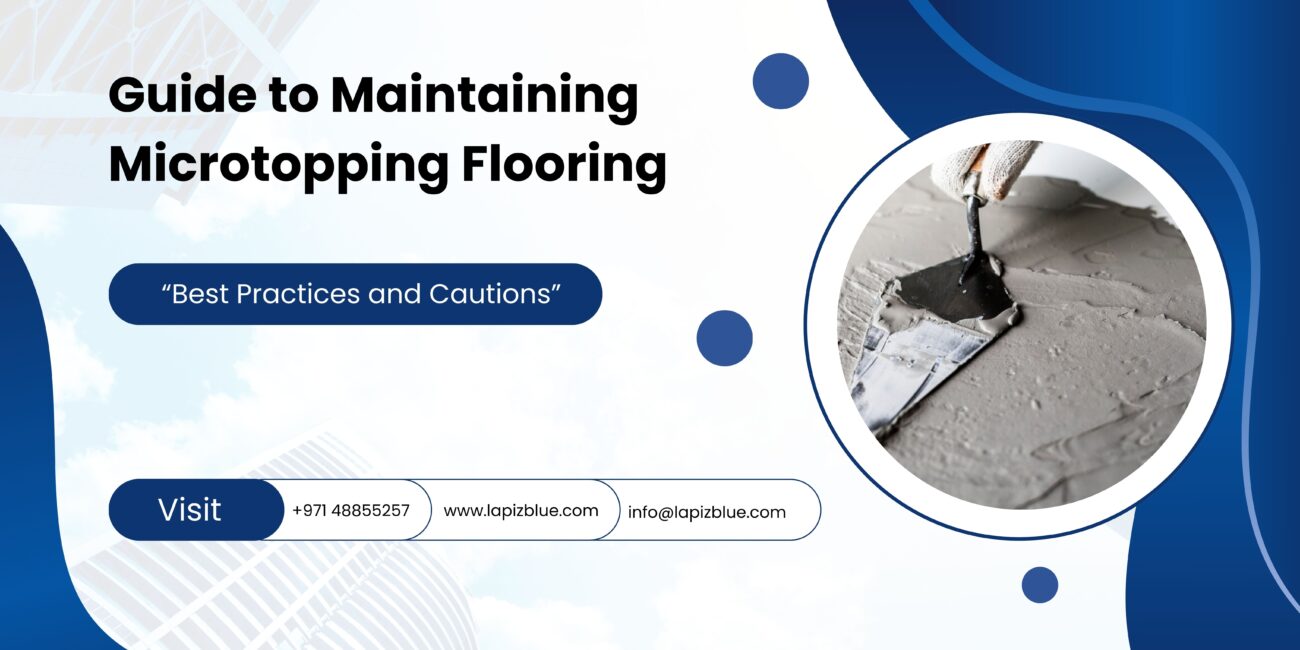Floor tiles add both aesthetic appeal and durability to any space. However, even the best tiles can crack, warp, or shift over time if they aren’t properly installed with the right structural components. One such component that is crucial for the long-term stability of your tiled surfaces is floor tile movement joints. These joints are designed to address the natural expansion and contraction of tiles due to temperature changes, humidity, and other factors. In this beginner’s guide, we’ll explain what movement joints are, why they are necessary, how and where to install them, and how they contribute to the longevity and functionality of your floor tiles.
What Are Floor Tile Movement Joints?
Floor tile movement joints are strategically placed gaps between tiles or between tiles and other structures, such as walls or columns. These gaps allow the tiles to move slightly in response to environmental factors like heat, moisture, or pressure, which are all natural causes of tile expansion and contraction. Without these movement joints, the tiles might push against one another or the surrounding structures, leading to cracks, breakage, or warping.
Tiles are solid, rigid materials that don’t flex like wood or carpet. As a result, they need room to adjust when the environmental conditions change. This is where movement joints come into play—they absorb the expansion or contraction of tiles, ensuring that the surface remains intact.
Why Are Movement Joints Important?
The need for floor tile movement joints stems from the fact that tiles and the underlying substrates (such as concrete or plywood) expand and contract due to various factors. This movement can be subtle but accumulates over time, leading to significant damage if not properly managed. Here are some reasons why these joints are essential:
1. Thermal Expansion and Contraction
Tiles are sensitive to temperature changes. When the temperature rises, the material expands, and when it cools, it contracts. In large tile installations, the lack of movement joints can cause tiles to push against each other, leading to cracks and buckling. By creating controlled spaces, movement joints allow the tiles to adjust to temperature fluctuations.
2. Moisture and Humidity
High humidity or moisture levels in areas like bathrooms, kitchens, or basements can cause tiles to absorb water and expand. As the moisture evaporates, the tiles will contract again. Movement joints ensure that this expansion and contraction don’t result in unsightly damage.
3. Structural Shifts
Over time, the substrate that holds the tiles in place may settle or shift. In new constructions or buildings subject to movement, these shifts can affect the tiles if they are tightly adhered without space to move. Movement joints provide a buffer between the tiles and the substrate, preventing the tiles from cracking when the underlying surface moves.
4. Prevention of Cracking and Damage
Movement joints are essential for preventing cracks in the tiles themselves. Tiles that are tightly fitted together with no room for movement are more likely to crack under pressure. Movement joints help to absorb these forces and maintain the surface’s structural integrity.
Types of Movement Joints
There are several types of floor tile movement joints, each serving a specific purpose. Understanding the different types will help you choose the right one for your project
1. Expansion Joints
Expansion joints are the most common type of movement joints used in floor tile installations. They allow for the expansion of the tiles when the temperature rises. These joints are typically placed at regular intervals in large tile areas and along the perimeter of the room. They are especially important in rooms that experience temperature fluctuations, like kitchens or entryways.
2. Contraction Joints
Contraction joints, on the other hand, are used to manage the contraction of tiles when the temperature drops. These joints are usually installed in expansive tile areas where the substrate might shrink or where the tiles may contract due to the drying process or cooling.
3. Isolation Joints
Isolation joints are used when the tiles need to move independently of the substrate. These are common in areas where the floor is subject to settling or shifting, like in older buildings or foundations that have experienced movement. Isolation joints provide a gap between the tile and the substrate, allowing them to shift without causing damage.
4. Control Joints
Control joints are intended to manage cracks that may appear in the substrate due to movement or pressure. These joints guide where the cracks should occur, ensuring that they appear in controlled locations and preventing them from affecting the tile installation.
When and Where to Install Floor Tile Movement Joints
Installing movement joints requires careful planning and consideration of the area where the tiles are being laid. Here’s when and where you should consider installing them:
1. In Large Tile Installations
In large rooms or areas with large-format tiles, movement joints are necessary to prevent the tiles from cracking under expansion or contraction. The larger the tiles, the more room they need to move. It’s essential to plan for movement joints at regular intervals (usually every 8 to 12 feet) to allow for adequate movement without risking damage.
2. Along the Perimeter
Movement joints should be placed along the perimeter of the room, where the tiles meet walls, columns, or other fixed structures. This placement accommodates the natural expansion of the tiles as the temperature or humidity changes. Perimeter joints also help prevent the tiles from pushing against the surrounding structures and causing damage.
3. At Doorways or Transitions Between Rooms
When transitioning between different flooring materials, such as from tile to wood or carpet, movement joints are needed. These joints allow each flooring type to adjust to changes without affecting the other. Additionally, in doorways or transitions between rooms, the structural shift can cause stress on the tiles, making movement joints essential.
4. In High-Traffic Areas
Tiles in high-traffic areas, such as hallways or commercial spaces, are more likely to shift under pressure. Movement joints in these areas help to absorb the forces from foot traffic, preventing the tiles from cracking or moving out of place. This is particularly important in areas subject to heavy usage or shifting foundations.
5. In Wet or Moist Environments
Bathrooms, kitchens, and laundry rooms are areas prone to high humidity and moisture, which can cause tiles to expand and contract. Movement joints are especially necessary in these environments to prevent tiles from buckling or cracking due to moisture-related shifts.
How to Install Floor Tile Movement Joints ?
Installing movement joints is a straightforward process if done correctly. Here’s how to install them:
1. Identify Placement Locations
Carefully determine where the joints should go, considering factors like room size, temperature changes, moisture levels, and foot traffic. The most common locations are along the perimeter of the room, at doorways, and in high-traffic areas.
2. Choose the Right Joint Material
Select the appropriate material for your movement joints. Silicone, rubber, and metal are common materials used for movement joints. Each type has different flexibility and durability, so choose the one best suited to the conditions of the room.
3. Install a Backer Rod (if necessary)
In some cases, you may need to install a backer rod in the joint before applying the sealant. The backer rod provides additional support and helps maintain the shape of the joint.
4. Apply Joint Sealant
Once the joint is prepared, apply the sealant to fill the gap. Make sure the sealant adheres properly to both the tiles and the surrounding surface. Allow it to cure fully before walking on the surface.
Conclusion
Floor tile movement joints play a critical role in ensuring that your tile floors remain intact and durable over time. They allow for natural expansion and contraction caused by temperature, moisture, and substrate movement. By carefully planning their placement and using the correct materials, you can prevent cracks and damage that could otherwise occur from these natural forces. Whether you are installing tiles in a small residential space or a large commercial area, incorporating these joints is a necessary step to creating a long-lasting and stable tiled surface.
For durable and high-performance movement joints, look no further than Lapizblue’s Profilpas Movement Joints, designed to protect your tiled surfaces. Find out more about our solutions on our website Lapizblue.

